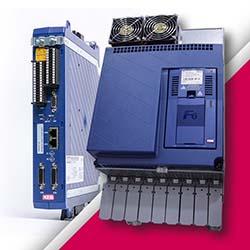Capgemini: Smart factories could add $1.5trn to global economy
CSAIL team pairs robots with VR for smart manufacturing
3 Revolutionary Advances in IoT Machine Learning
Why STEM needs fresh ideas to bring about the fourth Industrial Revolution
Okuma introduces smart factory solution
TRUMPF's 'smart factory' is a factory and showroom in one
What does Industry 4.0 mean for the future of logistics?
Huawei advances its Smart Factory push with 5G-based Robot as a Service
5 ways to advance robotics in manufacturing
Introducing Myriad X: Unleashing AI at the Edge
IIoT Deployments to Double: Manufacturers Reinvent Themselves with New Technologies
Amazon robots bring a brave new world to the warehouse
Has IIoT Become the Norm Across All Industrial Sectors? Industry Experts Say
Small Town America's Newest Product: Advanced Manufacturing
Foxconn's Wisconsin plan raises skepticism as well as hope
Records 496 to 510 of 665
First | Previous | Next | Last
Automation & IIoT - Featured Product

